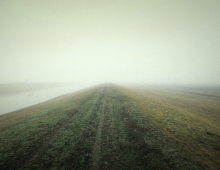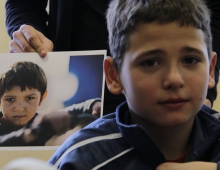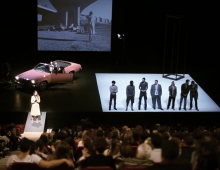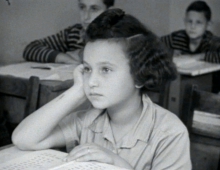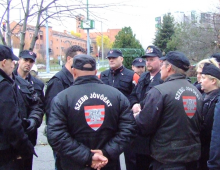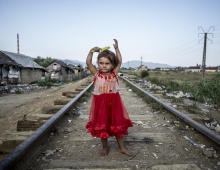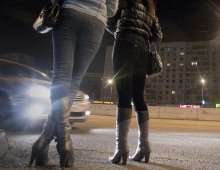Hungarian Panorama
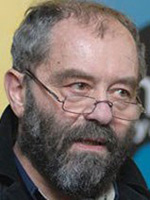
Another Hungary ...
... is the title of Dénes Nagy’s documentary, a cunning work that seems to be “only” about visual artist Imre Bukta. Yet like the ancient painters, the film places its model in a time and a landscape, that of the quiet, miserable little village where the population is dwindling, in which this great artist lives, and from where he gains inspiration, or rather, strength for his art. The title is also cunning: which Hungary could this “other Hungary” be? It was novelist Géza Ottlik who coined the term, and as he put it, this other Hungary is a Hungary of the spirit, the better face of our homeland. It is the light of day in Bukta’s art and that of others who, in defiance of increasing pressure, stand up for quality, stature and the spirit. This is the real Hungary, writes Ottlik, in opposition to the official one, which is “only an abstraction”. And while our life is dominated by this abstraction, the residents of the impoverished Hungarian village live and suffer in the real world. In this film, they talk about their fate, not so much in words, but in the telling images: the shabby, ramshackle room interiors, dusty and muddy roads, houses on the verge of collapse, and most of all, the tired and crumpled faces, the lifeless and hopeless looks.
With the exception of Diána Groó’s moving and virtuoso film, each piece in this year’s Hungarian panorama is about this other Hungary or, at times, in Here We Go! - The Uccu Project or Homo Ludens, about the intersection of the two worlds, where the inhabitants try to knock down the communication barriers, and understand one another. The camera people behind these films – most of whom are young – are citizens of the “other”, increasingly depopulated Hungary: the real Hungary. In Ottlik’s bitter words, “no one heard the hopeful voice of the other Hungary, and darkness and cold came over us”. He goes on to say that “the new ‘pursuit of hate’ … lead to loathing and fear.” Now, once again, hope is diminishing, the light is fading and the air has become chilly. The importance of these documentaries is difficult to overestimate. On the primary level, they are about the depths of Hungary, but on the second, they are about the filmmakers who care about its inhabitants. In these films, the citizens of the real Hungary – the messengers and the humiliated – shake hands above the surface of the abstract Hungary.
György Báron
Hungarian Program curator

